15% off with DESIGN15

Finn Juhl’s partnership with the furniture manufacturer France & Son gave birth to a series of furniture well-suited for industrial production, while staying true to the ideals of simple designs that reigned in the 1950s.
The most famous example of this cooperation is probably the Japan Series from 1957, which consists of an armchair, a footstool, a two-seater sofa and a three-seater sofa.
The sublime simplicity of this series is a far cry from this earlier furniture designs and is inspired by traditional Japanese building techniques. The solid horizontal backrest, resting on the slightly tapered legs, is a reference to a Japanese temple door. The backrest ends in a circular recess, adding an optically refined impression with great effect. That was very typical of Finn Juhl, who famously said that deviation is in the detail.
Even with this simple construction, Finn Juhl is true to his idea of emphasizing the difference between the carried and the carrying elements by separating the backrest from the bearing frame with brackets in brass. The Japan Series is produced in oak or walnut with handsewn upholstery in fabric.
Materials oak or walnut + fabric or leather
Depth 70 cm – Height 78 cm – Seat height 35 cm
Lounge chair – W61 cm
from
2-seater – W121 cm
from
3-seater – W180 cm
from
Footstool – W60 cm
from
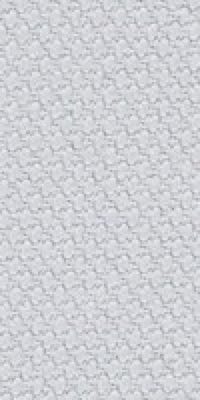

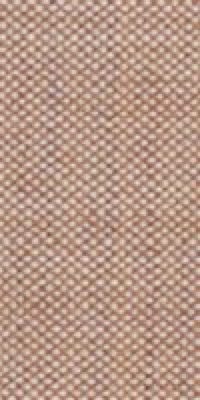


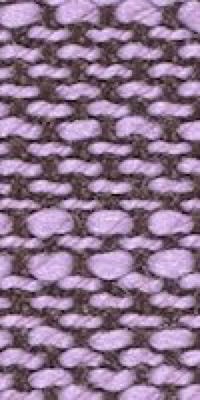
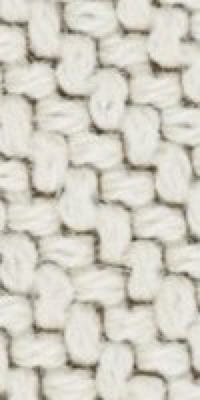


soaped oak
white oiled oak
oiled oak
clear lacquered oak
black painted
clear lacquered walnut
oiled walnut
Examples:
Watercolour Peacock (fabric price group 3)
Hallingdal 764 + Hallingdal 110 (fabric price group 2)
Hallingdal 227 + Hallingdal 376 (fabric price group 2)
Vidar 443 (fabric price group 4)
Watercolour Soft Linen (fabric price group 3)
Watercolour Pumpkin Spice (fabric price group 3)
Watercolour Cast Iron (fabric price group 3)
Remix 412 (fabric price group 1)
Remix 183 (fabric price group 1)
Remix 163 (fabric price group 1)
Hallingdal 980 + Hallingdal 960 (fabric price group 2)
Hallingdal 103 + Hallingdal 113 (fabric price group 2)
Hallingdal 100 + Hallingdal 457 (fabric price group 2)
Vidar 182 (fabric price group 4)
Vidar 152 (fabric price group 4)
Walnut leather
Nature leather
Black leather


Finn Juhl
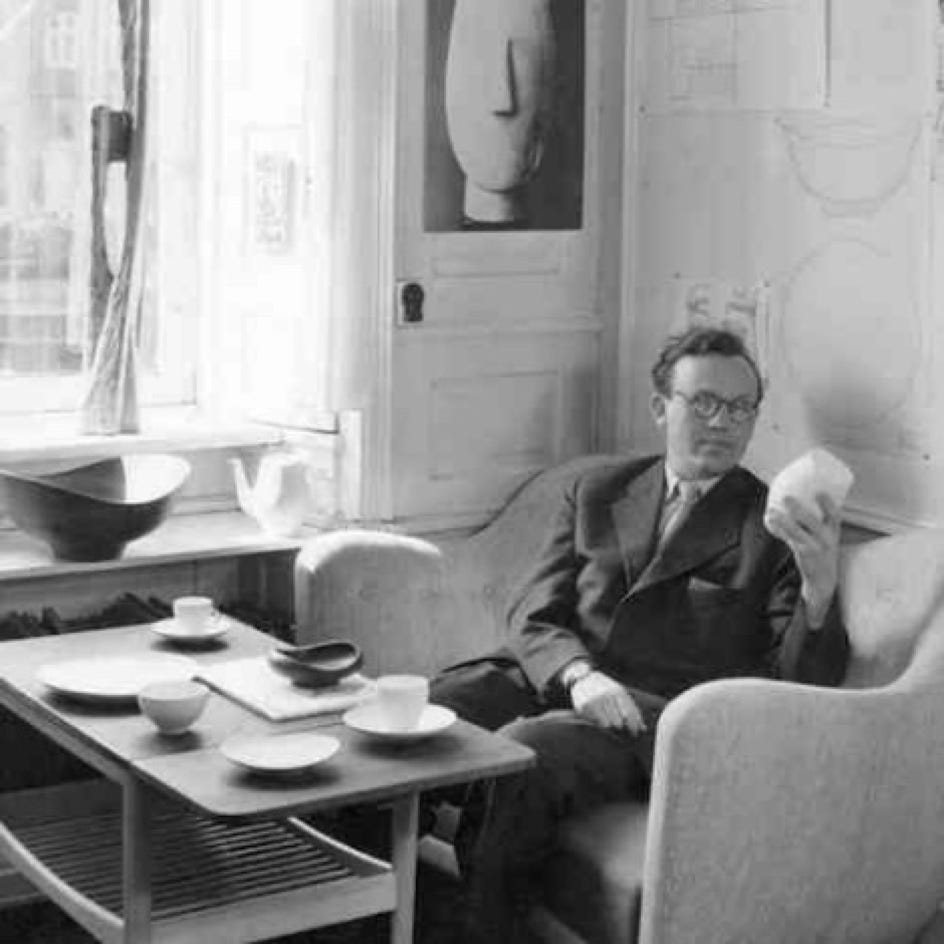
As a teenager, Finn Juhl (1912-1989) wanted to become an art historian, having a passion for the fine arts since childhood. His father stopped him and Finn Juhl started architectural studies. Later, when his fame as a designer of furniture acquired, he speaks of himself as an autodidact, in reference to this upset vocation that forced him to walk intellectually on a lonely way. His style owes much to this singular trajectory, with its non academic interpretation of art visible in his work. Finn Juhl started his studies in 1930, a key period which saw the birth of modern design and furniture.
His modern offices in central Copenhagen was greeting his visitors with a huge Japanese fish in paper, symbol of imagination. Rather than thinking in terms of practical construction, Finn Juhl had the mind-set of a sculptor, when he shaped a piece of furniture. In the 1940s and 1950s, this way of working had never been seen before. His ambition was to design furniture with movement and life.
Juhl took pride in making both the structurally supportive elements of the furniture and the seated person look as though they are floating. In some of his chairs, the backrest and the seat are almost invisibly joined, as if they were clouds floating through the room.
In creating his furniture, Finn Juhl worked with two elements: The carrying element, and the carried. He eventually became known for his special ability to separate the bearing parts from the borne. This is one of many examples of how he broke free from conventional working methods and found his inspiration in art.